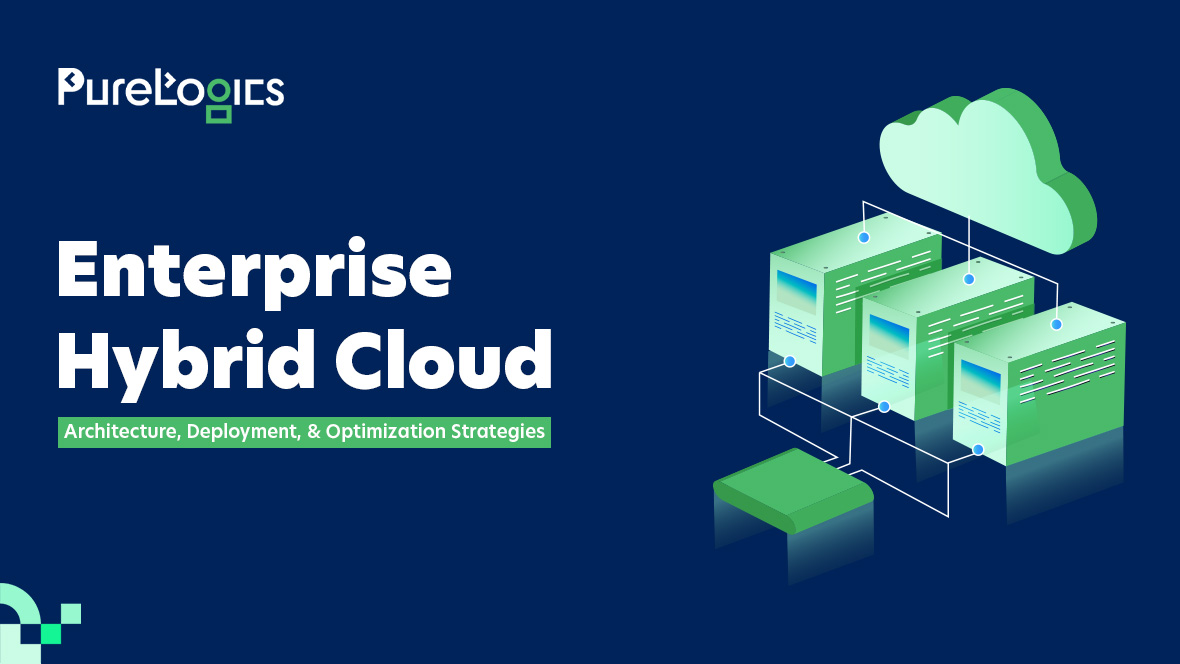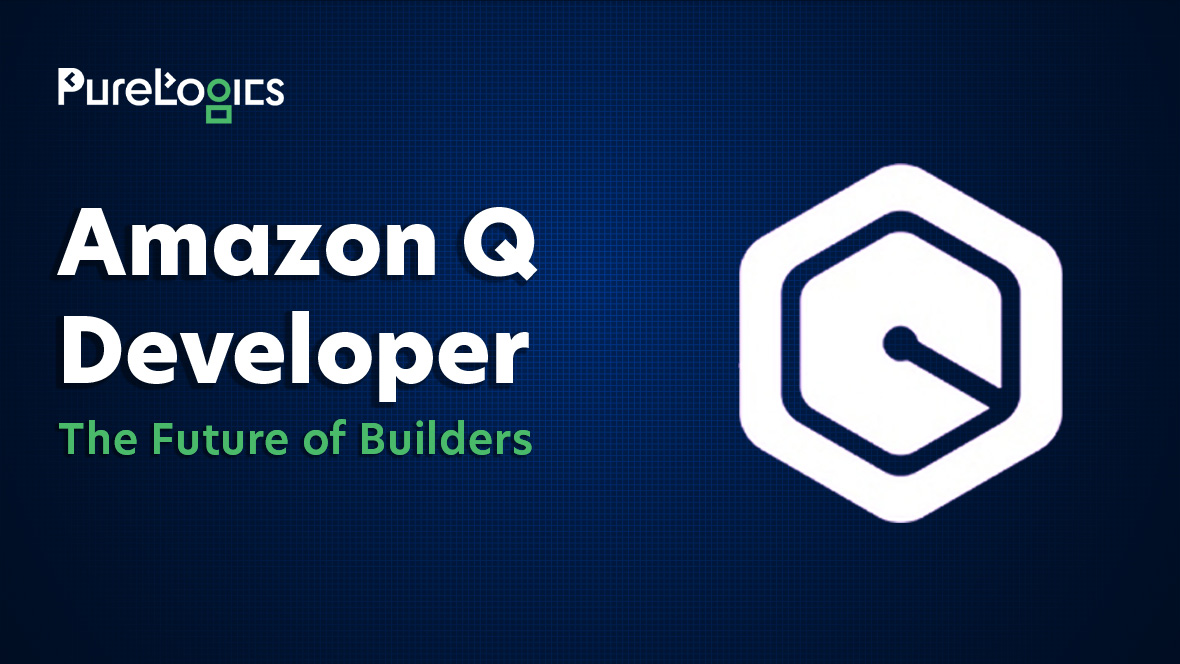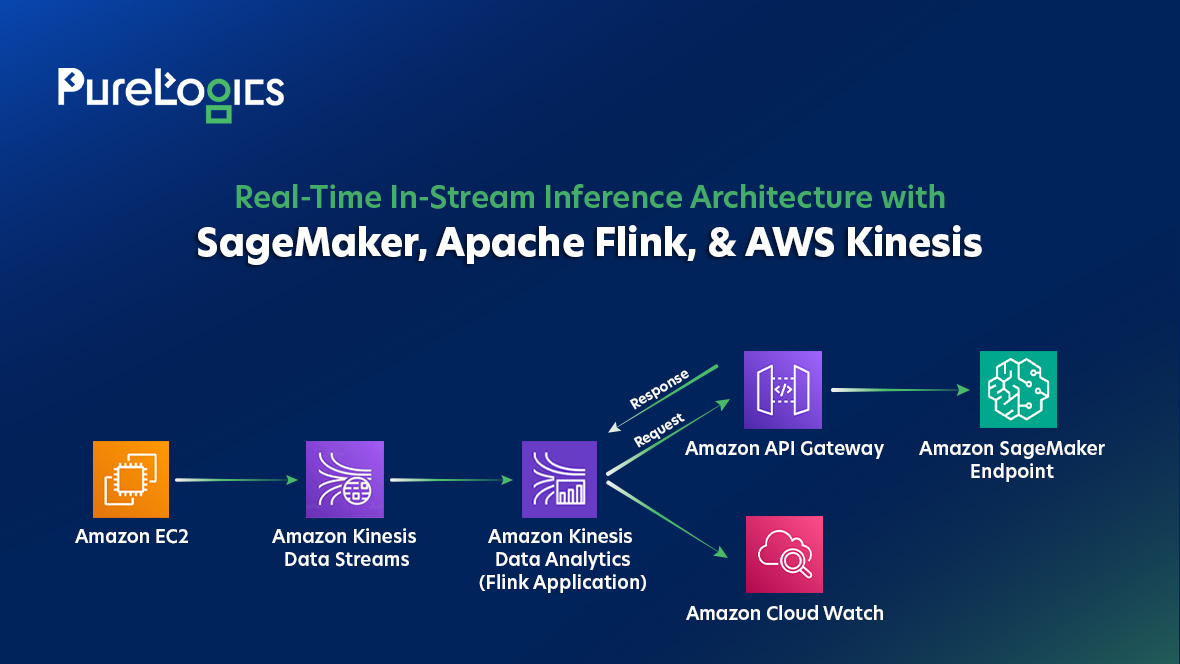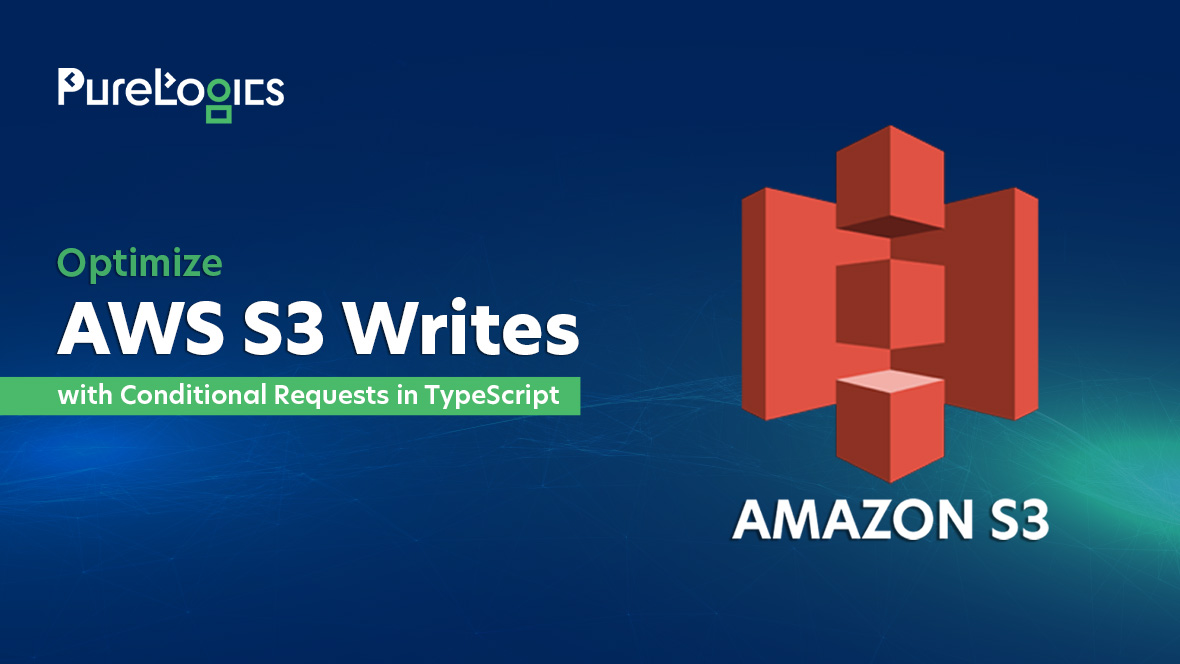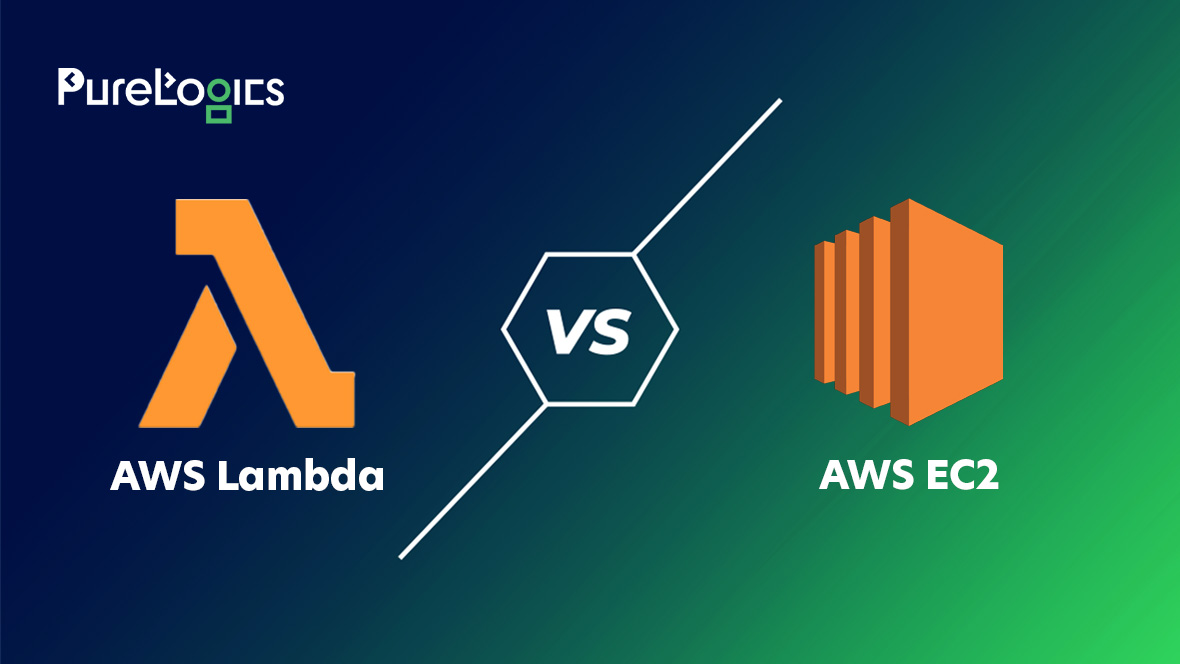Serverless architecture represents a major change in how we develop applications. In the early days of the internet, creating a website or web app meant setting up and managing your own private server infrastructure, which required significant time and financial investment. Thanks to cloud computing, which has evolved over the years, we can avoid these headaches.
A survey by O’Reilly claims that today more than 88% of organizations worldwide use cloud computing in some manner.
When using cloud computing, you can rent servers instead of creating your own servers. There is a big percentage of enterprises that are moving to cloud computing for creating open-source applications. There are only two reasons – lesser cost and greater convenience. Well, it doesn’t mean that there are no drawbacks of cloud computing. Since you pay for a fixed amount of server space, you might overbuy to prevent problems caused by activity spikes.
It seems to be a small problem; however, it can significantly increase the expenses while affecting the efficiency. Nowadays, cloud service providers propose a substitute that has become a benchmark for many companies across the globe. That particular substitute is serverless computing.
Let’s start by understanding what server architecture actually isn’t. Serverless architecture and the lack of servers aren’t substitutes to microservices. Instead, cloud-based application services manage your server infrastructure and allow you to use serverless computing and microservices either together or independently within the same application.
In this blog post, we have explained the benefits and use cases of serverless architecture. But before diving into the details, let’s have a quick overview of serverless architecture.
Say Goodbye to Server Overhead
Focus on coding, not infrastructure, with serverless architecture.
Understanding Serverless Architecture
Serverless architecture is also known as function as a service or serverless computing. It is a software design approach that permits software developers to develop and run applications without managing the underlying infrastructure. Software developers can craft and implement code, while a cloud provider manages the servers the developers need to run their databases, applications, and storage systems.
Benefits of Serverless Architecture
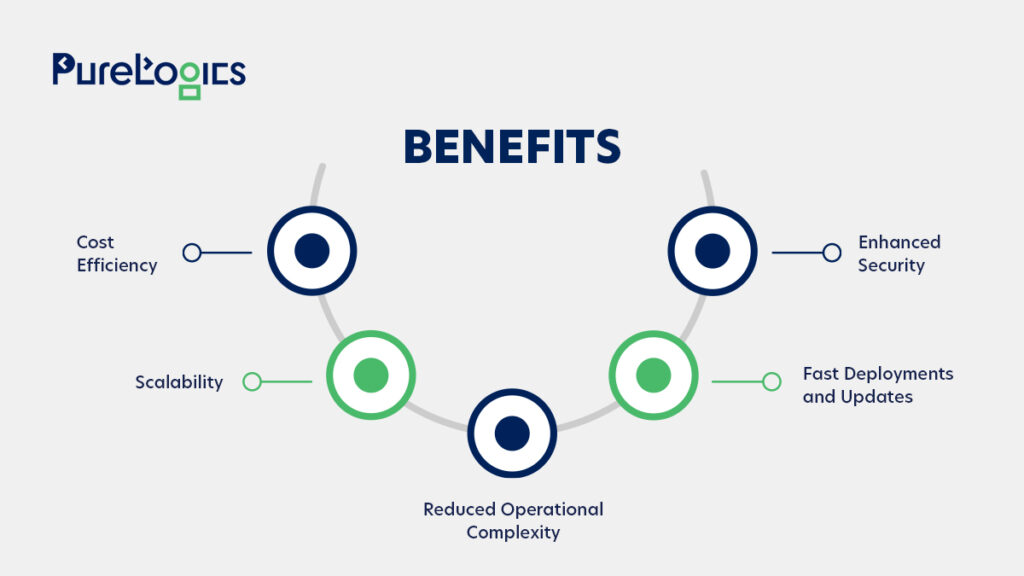
Cost Efficiency
Cost-efficiency is one of the top advantages of using serverless architecture. In traditional cloud computing models, developers used to pay for a specific server space. It was a high expense as those computing models never considered whether the space was utilized or not.
But today’s serverless computing follows the pay-as-you-go model. You will pay only for the compute time your code consumes. This is how serverless computing has reduced unnecessary expenses and made it a budget-friendly choice for every business.
Scalability
Scalability has been a serious concern in traditional cloud computing models. However, today’s serverless architectures are inherently scalable. The cloud provider automatically scales your application according to the incoming traffic.
It means that with serverless architectures, say a permanent good-bye to the additional servers at the time of high incoming traffic. This inherent scalability ensures that your application is always responsive and available.
Reduced Operational Complexity
Serverless computing also minimizes the complex process of server management and maintenance. As mentioned before, serverless architecture frees up developers from focusing on underlying infrastructure.
It is a cloud provider that handles all server maintenance, patching, and scaling tasks. This is how serverless computing simplifies operations and boosts up the software development process.
Fast Deployments and Updates
With a serverless infrastructure, you don’t have to upload code to servers. You also don’t need to perform any backend setup to launch a working version of your application. Using this serverless architecture, you can rapidly upload your code and make a new, innovative product. You can upload all the code at once or just one part at a time because the application isn’t just one monolithic stack. It includes multiple functions provided by the vendor.
You can also quickly update, fix, patch, or incorporate new features and specifications into an application. With serverless architecture, making changes to the entire application isn’t necessary. Instead, you can easily update one function of an application at a time.
Enhanced Security
Many of you know that security is a serious concern in any IT infrastructure. In serverless computing, it is a cloud provider that manages the security of infrastructure.
This minimizes all chances of security vulnerabilities caused by outdated software or any related issues. In addition to this, serverless architectures have inherent features like automatic encryption which enhances the security of the applications.
Real-World Use Cases of Serverless Architecture
Now, let’s explore real-world use cases of serverless architecture!
Real-Time File Processing
When it comes to real-time file processing tasks like video processing, serverless architecture is the best option. For instance, a media company can employ serverless functions to automatically process and transcode videos uploaded by users. This sort of model ensures that users face minimum latency even when there are peak upload times.
IoT Backend
The Internet of Things (IoT) generates massive data from connected devices. The previous server models can’t manage this data in real-time. However, serverless architecture is a reliable solution. It automatically scales to handle changing loads of data, processes it in real-time, and responds to events as they occur.
For instance, a smart home application employs serverless functions to interpret and process data from sensors. This model automatically turns off lights or adjusts the thermostat according to user preferences.
API Backend
Serverless computing is also an excellent choice for creating API backends. For example, Netflix uses this computing model to control their API endpoints. These API endpoints manage millions of requests from devices worldwide. It is again serverless computing that scales up end points so that incoming demands can be met without compromising performance and availability.
Chatbots and Virtual Assistants
Chatbots and virtual assistants (similar to those used in customer support applications) also benefit from serverless architecture. The people from the customer services department know that these applications experience fluctuating traffic. In peak times, there always needs more processing power.
The rise of serverless architecture has allowed for seamless scaling. It accommodates different levels of variations and ensures that VA’s and chatbots are always responsive and productive even when there are extreme fluctuations in traffic.
Data Stream Processing
Last but not least, serverless computing processes data streams in real-time. For example, financial services organizations can use this serverless computing technology to understand the data of stock markets and handle trades according to real-time data. The ability to process large volumes of data quickly and efficiently can provide these companies with a significant competitive advantage.
Take Control of Your Data Streams
Achieve unparalleled efficiency and insight with serverless technology.
Conclusion
Serverless architecture has completely changed the way new applications are created and deployed. By eliminating the need for server management, it offers cost efficiency, scalability, and faster time-to-market, making it an attractive option for modern enterprises. The real-world use cases of serverless computing—ranging from real-time file processing to IoT backends and data stream processing—demonstrate its versatility and potential to revolutionize various industries.
As more businesses adopt serverless architectures, the benefits and use cases will likely continue to expand, driving further innovation in the cloud computing landscape.
For more information, contact PureLogics. Fill out the form; our experts will get in touch with you shortly.


 [tta_listen_btn]
[tta_listen_btn]
 September 23 2024
September 23 2024


